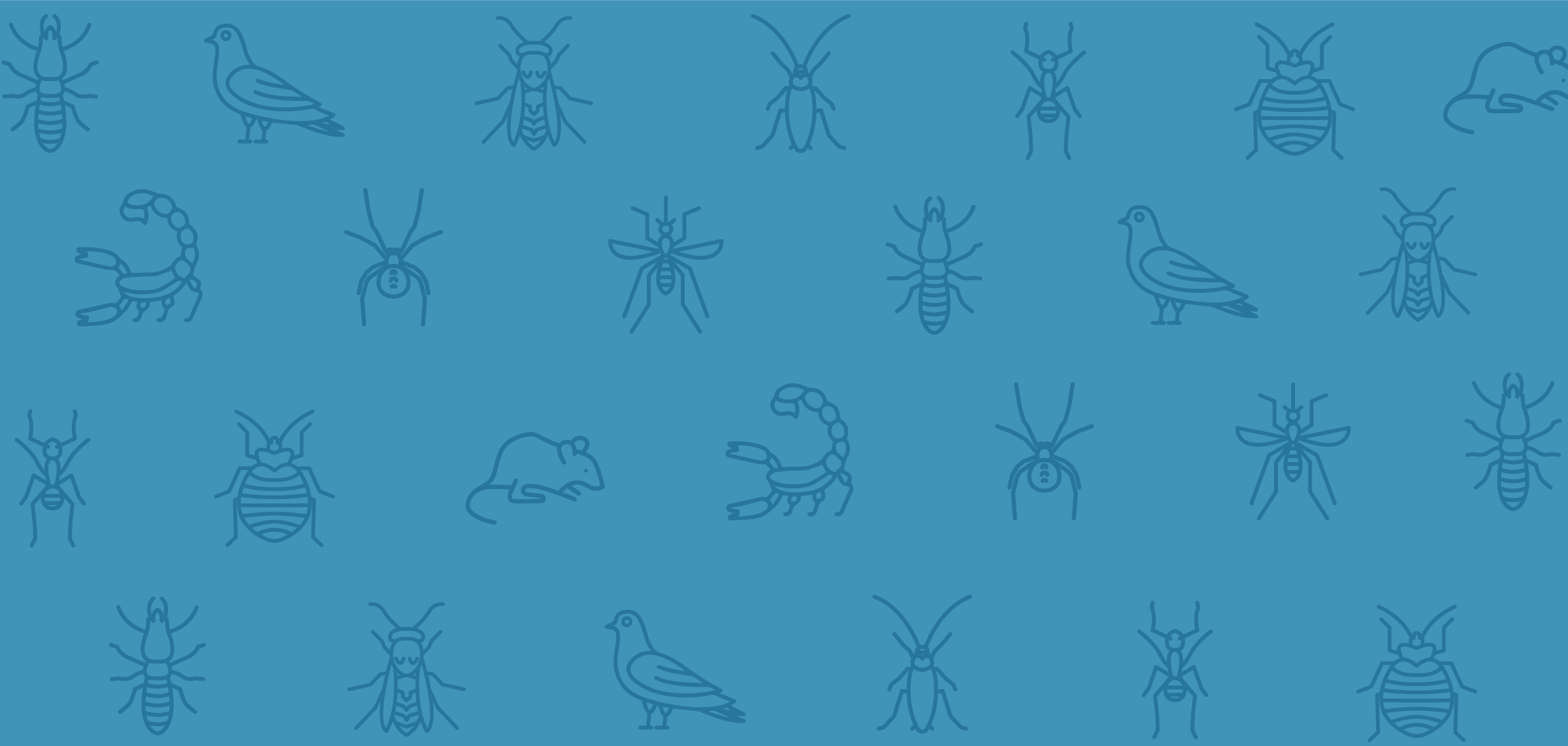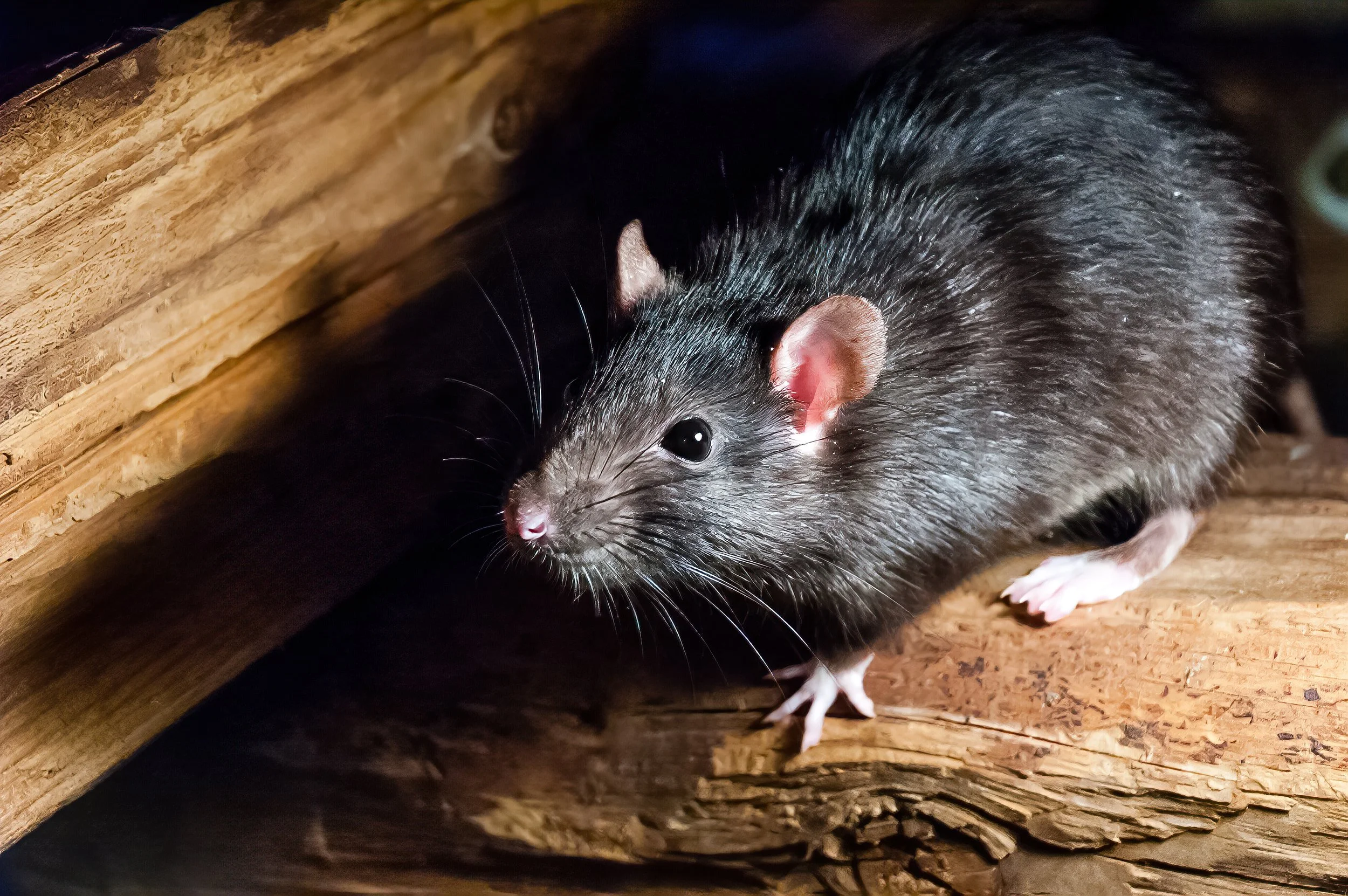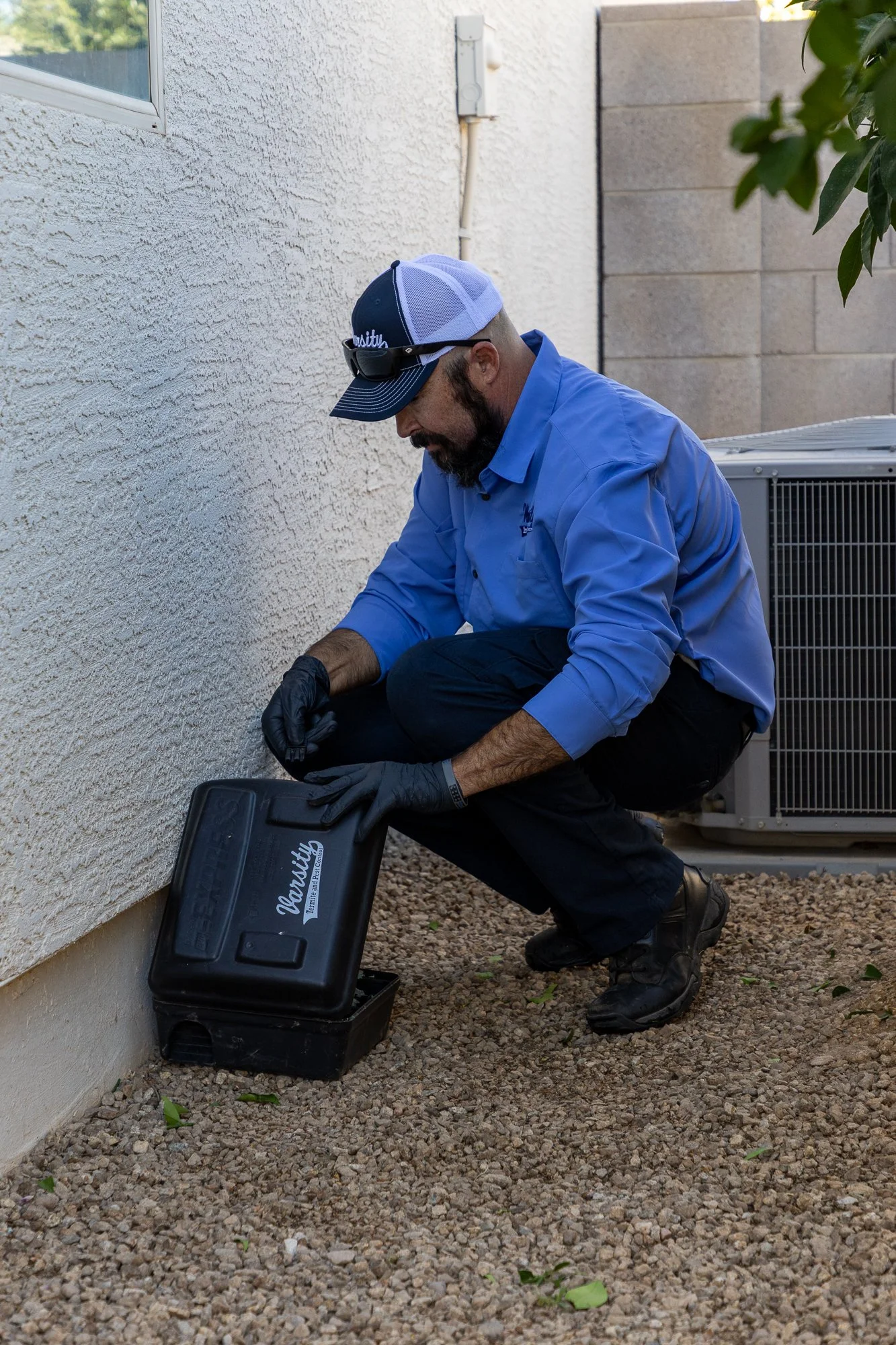Rodent Removal & Prevention
Rodent control in Arizona is a critical concern due to the presence of various rodent species, such as rats and mice, that can pose serious threats to public health and property. These pests are known for their ability to gnaw through structures, wires, and insulation, causing damage and potential fire hazards. Additionally, rodents are carriers of diseases and parasites, making their presence in residential and commercial spaces a significant health risk.
The warm climate of Arizona provides an ideal environment for rodents to thrive, leading to frequent infestations. Effective rodent control in Arizona requires a multifaceted approach, including exclusion measures, trapping, and baiting, all of which should be carried out by experienced professionals to ensure thorough eradication and ongoing prevention. With our expertise in identifying entry points and implementing tailored solutions, Varsity’s rodent control services will safeguard your property from the detrimental impact of a rodent infestation.
Contact us for your free inspection and quote.

Rodent control and prevention – guaranteed.
As certified pest control technicians in Arizona, Varsity Termite and Pest Control proudly guarantees our rodent control services for homes and businesses.
Plus, we offer $50 off your initial pest control treatment.
Working with Varsity
Eco-Conscious. We care about your safety. Our solutions are friendly for the environment and your family.
Licensed & Insured. We are licensed and insured pest control experts for residential and commercial spaces.
Inspect, Treat & Prevent. We offer inspections, treatments, and preventative pest control services.
Guaranteed Service, No Contracts Required. We guarantee our work and don’t require annual contracts.



